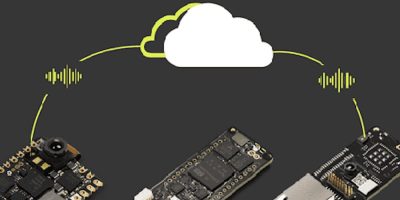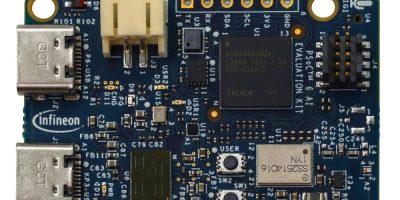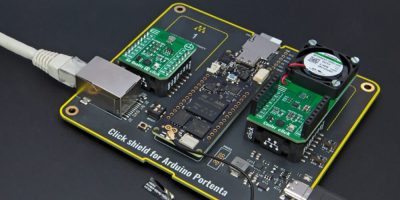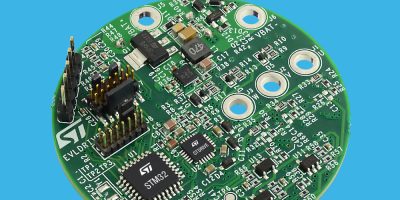A brand new range of industrial application kits from Arduino, is available exclusively from Farnell and Avnet. These Arduino PRO industrial kits are crafted to cater to the needs of professionals and enthusiasts.
The kits offer a wealth of tools, including advanced microcontrollers, sensors, and actuators, designed to unlock creativity and innovation in designing and implementing complex electronic systems. From smart cities to industrial automation.
Focusing on performance, reliability, and scalability, Arduino’s pro application kits are essential tools for engineers, researchers, and professionals in industrial automation, IoT (Internet of Things), robotics, and prototyping. These kits, with their robust hardware and user-friendly development environment, are perfect for those aiming to drive innovation in their projects.
The Arduino zero-touch programming experience enables effortless deployment and remote management of projects. Over-the-air firmware updates and a secure on-board element ensure applications remain up-to-date and secure.
The new Arduino PRO application kits will be available from Farnell in EMEA, Newark in North America and element14 in APAC. The kits are also available from Avnet globally.






